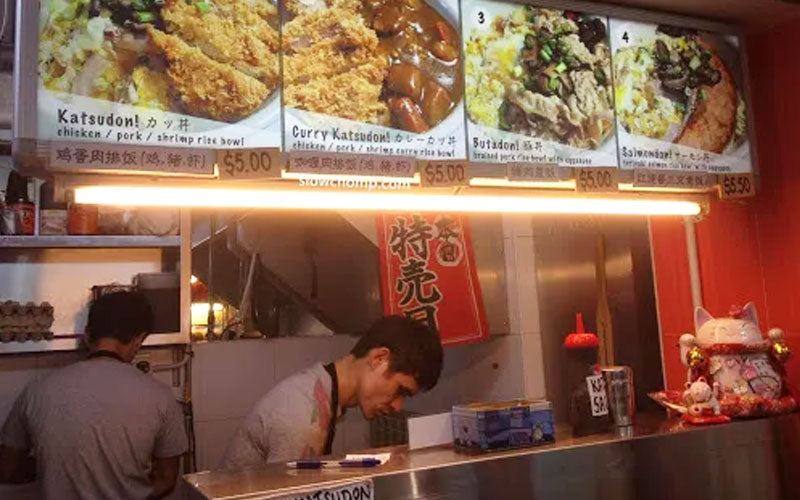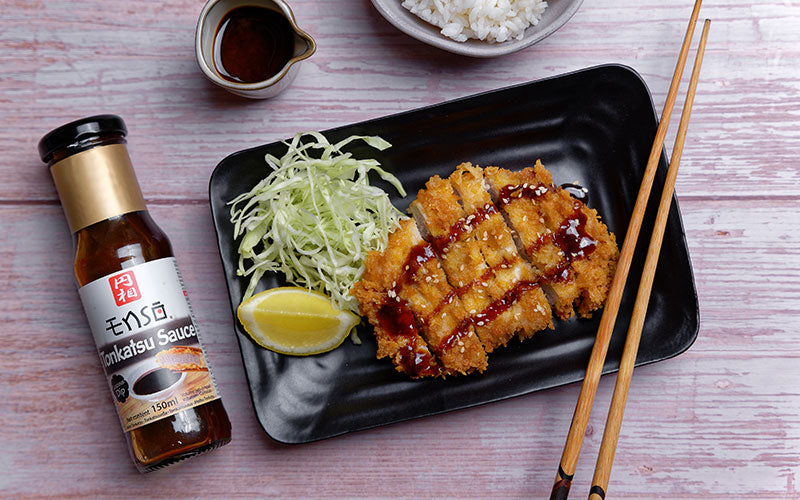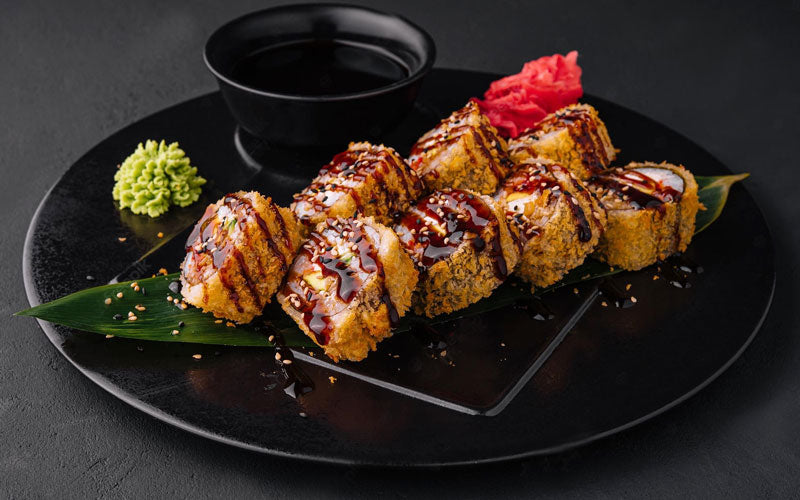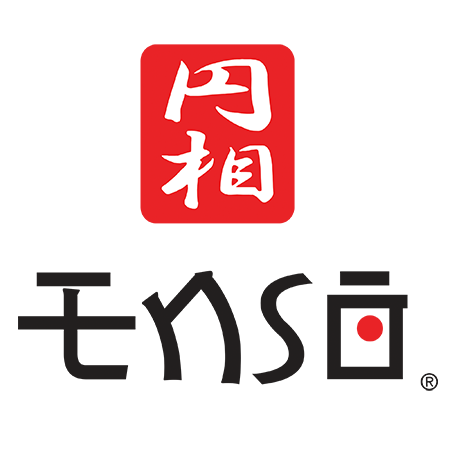Cooking with Japanese panko breadcrumbs

If you enjoy Japanese breaded fried dishes such as Tonkatsu or Ebi Furai, you should be familiar with Panko or Japanese-style breadcrumbs. With little or no flavor of its own, Panko breadcrumbs add a crispy, airy crust to fried foods and enhance mouthfeel and texture.
Panko is a versatile ingredient and can be utilized in a wide range of dishes, from fried meals to casseroles, burger buns or salmon. In this article, we'll provide you with some inspiration for how to cook with Japanese Panko breadcrumbs.
What are Panko breadcrumbs?

Panko is a Japanese-style breadcrumb, commonly used in Japanese cuisine to provide a crunchy coating for fried foods, such as Tonkatsu (breaded fried pork cutlet), Ebi Furai (breaded fried shrimp), or Korokke (Japanese croquettes).
The Japanese were first introduced to bread by the Portuguese in the 16th century. But it wasn't until after the second world war, during the American occupation, that bread became a significant part of the Japanese diet. At that time the American army introduced bread as a cheaper substitute for rice due to rice rations being very low.
But Japanese people found bread too hard in texture and they didn’t enjoy it, so they crafted their own twist on the western staple. They created a softer, lighter, and moister version called Hokkaido milk bread or Shokupan by using Tangzhong (a cooked flour and water paste) as a starter. The Panko and breadcrumbing technique was developed after and made Japanese breadcrumbs distinct from western ones. Authentic Panko is made from Shokupan bread. The crust is removed from the loaf and is then baked by electrical current before being ground into fine slivers or flakes. The word “Panko” is derived from pão (Portuguese for “bread”) and ko, Japanese for “crumb” or “powder.”
Panko is generally crisper and lighter than most bread found in Western cuisine and maintains its texture baked or deep fried, resulting in a lighter coating. Panko-fried foods remain crisp after they have been cooled, an important consideration in Japan where fried foods are often served at room temperature, and elaborate bento box lunches travel daily to school and work.
What is the difference with breadcrumbs?

Compared to regular breadcrumbs, Panko consists of larger, flakier crumbs. The sliver shape makes the coated product appear bigger and more appealing on the plate. Regular breadcrumbs are dense, round, and tend to become soft fairly quickly, which also can lead to the rapid breakdown of fry oil.
Panko has a light airy texture, while regular breadcrumbs have a hard dense texture. Panko has a neutral flavor, it is very versatile and can be used with any dishes, as it does not change the food's flavor. Regular breadcrumbs can be too tasty, hiding the flavor of food they cover.
Panko is also drier than regular breadcrumbs, so they absorb less oil and produce a crisper coating when deep fried.
How do I use Panko in cooking?
Panko is well-known for coating fried fish, pork, and chicken, but it is actually very versatile. It works well as a binding agent in burgers and meatballs as well as a thickener in soups and stews. Here are some ideas to utilize Panko to add an extra crispy texture to your foods.
-
Katsu – Katsu is a Japanese version of cutlets, which is a slightly flattened piece of chicken or pork coated in crispy Panko breadcrumbs. Among the most popular fried foods in Japanese cuisine, Katsu can be found in a wide range of Katsu curry, Katsu donburi rice bowls, Katsu ramen, Katsu sandwiches, and Katsu with shredded greens. You can find an easy way to make Tonkatsu (pork cutlet) in our Enso recipes.
-
Korokke – Korokke is a lighter, fluffier form of croquettes, frequently made from mashed meat, potato, vegetable, and coated with Panko. Soft and creamy on the inside and crunchy on the outside, Korokke is one of the most beloved Japanese fried foods. They come in a variety of flavors and ingredients such as beef and potato, pumpkin, and curry. It can be enjoyed as part of a bento lunch box or dinner, and commonly paired with Japanese Worcestershire sauce and salad.
- Hambaagu – Hambaagu or Japanese Hamburger Steak is a Japanese interpretation of Salisbury steak. However, it is different from the original. It is a mixture of ground beef, ground pork, chopped onion and uses Panko as a binding agent. The mixture is divided into patties and cooked in a frying pan or on a hot plate until the desired temperature is reached. Variations can be made using pork mince, lamb mince or you can opt for tofu, soy beans for vegan version. You can also adapt this technique in preparing other meat patties.

-
Kushiage – Kushikatsu or Kushiage is a Japanese dish of deep-fried skewered meat and vegetables. Kushiage can be prepared with a bite-size portion of chicken, pork, seafood, and seasonal vegetables coated with Panko breadcrumbs and deep fried for 1-2 minutes. It is perfect for parties or dinners and is usually served with Tonkatsu or Worcestershire sauce.
-
Salmon Teriyaki – Add an extra texture to your normal Baked Salmon or Salmon Teriyaki with a crunchy Panko topping.
- Filling for Maki sushi – Panko can be used as a filling for your favorite Sushi Maki or Temaki cone. Alternatively, coat the maki roll or Temaki cone with Panko crumbs and deep fry it for 1-2 minutes.

-
Topping for casseroles – Panko can be used to make casseroles like macaroni and cheese or other baked dishes taste better. It makes a great standalone topping or can be mixed with Parmesan and herbs.
-
Scotch Eggs – Add extra crunchy texture to a classic Scotch egg by substituting regular breadcrumbs with Panko. The Scotch egg is prepared by wrapping minced sausage meat around a soft-boiled egg. Then, dredge it in beaten eggs and coat with Panko and deep fry until golden. The tricky part is keeping the eggs soft so that the yolk will still be slightly runny when you cut these open.
-
Filling for Maki sushi – Panko can be used as a filling for your favorite Sushi Maki or Temaki cone. Alternatively, coat the maki roll or Temaki cone with Panko crumbs and deep fry it for 1-2 minutes.
- Filling for Maki sushi – Panko can be used as a filling for your favorite Sushi Maki or Temaki cone. Alternatively, coat the maki roll or Temaki cone with Panko crumbs and deep fry it for 1-2 minutes.

